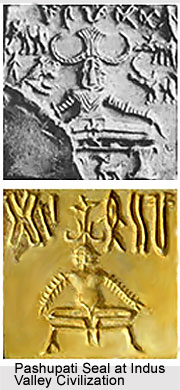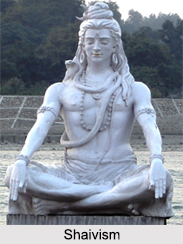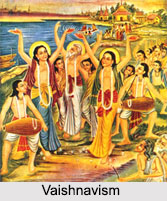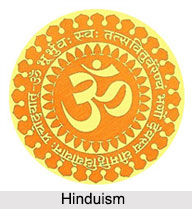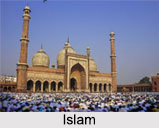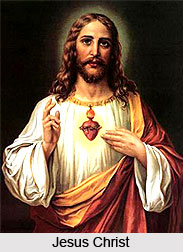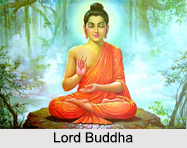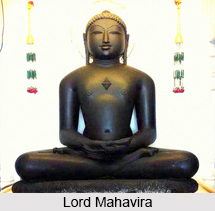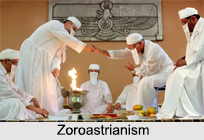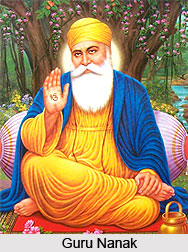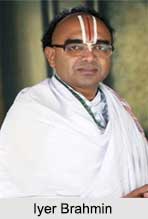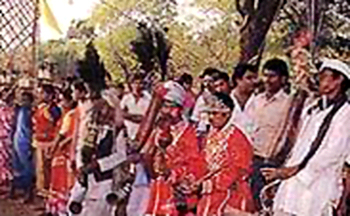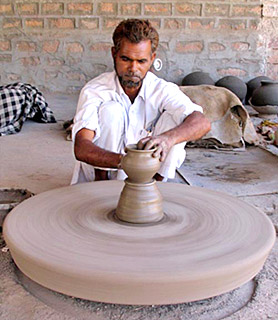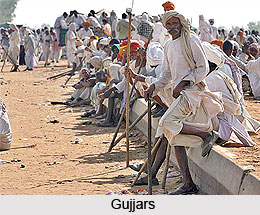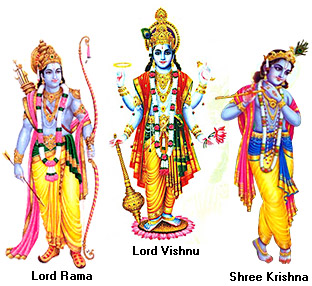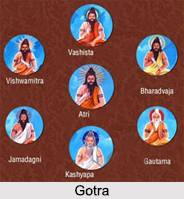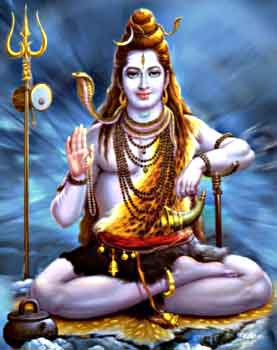 The Anandamaya Kosha is the last and probably most important of the pancha kosha, where the atma resides in supreme bliss, and is the highest seat of Brahman in the Brahma para, or `city of Brahman` - the human body. Whereas the other four kosha, the anna, prana, mana, vinjana deal merely with the physical body, the bodily processes and the cognitive processes, the anandamaya kosha is a spiritual, incorporeal sheath in which the self and consequently, Brahman, reside in eternal bliss.
The Anandamaya Kosha is the last and probably most important of the pancha kosha, where the atma resides in supreme bliss, and is the highest seat of Brahman in the Brahma para, or `city of Brahman` - the human body. Whereas the other four kosha, the anna, prana, mana, vinjana deal merely with the physical body, the bodily processes and the cognitive processes, the anandamaya kosha is a spiritual, incorporeal sheath in which the self and consequently, Brahman, reside in eternal bliss.
The atma, although protected by five subsequent sheaths, does have three distinct states that are brought about by the upadhi (illusory limitations): waking (jagrat), dreaming (svapna) and dreamless sleep (sushupti). Each state is saliently linked to the cognitive processes and the whole human body.
In the waking state, the atma is wakeful and actively records external stimuli via the sense organs and interprets them according to manas (the mind) and buddhi (the intellect). In the dreaming state, the manas no longer records fresh impressions and both manas and buddhi work on the impressions left in the waking state. In dreamless sleep, both manas and buddhi are sunk in tamas and the self sleeps without any disturbance, or as is said in the Patanjali Yoga Sutra, `Happily I slept, I was not conscious of anything`.
Higher states also exist beyond the sushupti, namely the turiya and a transcendent fifth nameless state (turyatita). The turiya state is achieved through samadhi yoga. The nameless state of transcendence is achieved by firm devotion to the fourth state.
The person in turyatita becomes equal to Shiva, or at least tends to a close equality; for it is after that "the spotless one attains the highest equality," which is unity with Brahman. Even the fourth and fifth states are hence rendered inferior to the Supreme state of merging with Brahman.
The five states of the atma in the highest kosha represent states of spiritual progress for the Tantric practitioner, and merging with Brahman is arguably the objective of all Tantric and even Hindu practice. The pancha kosha, in their function as encasing or protecting the atman, play as significant role in this pursuit.
